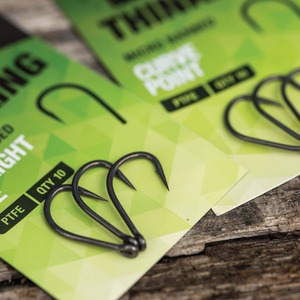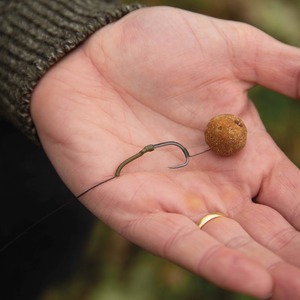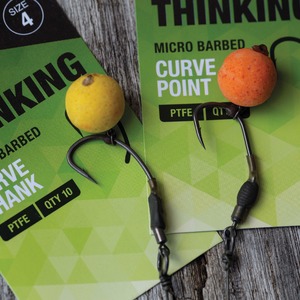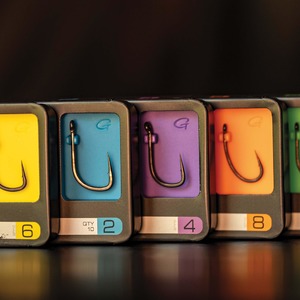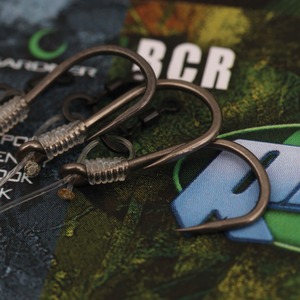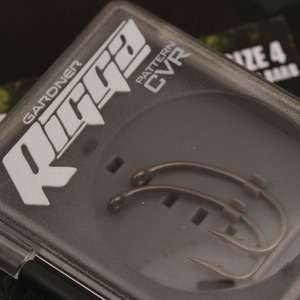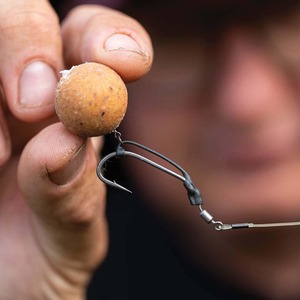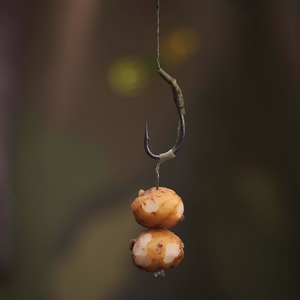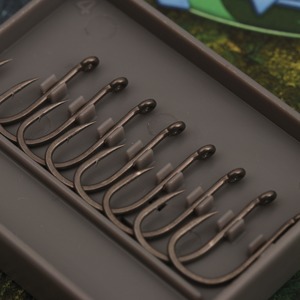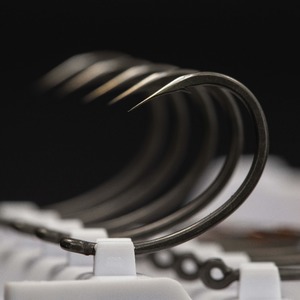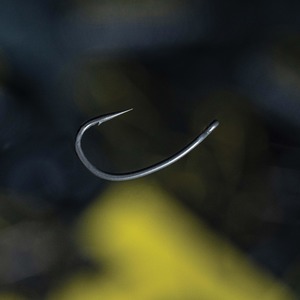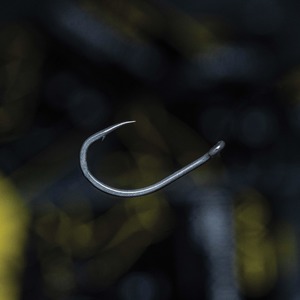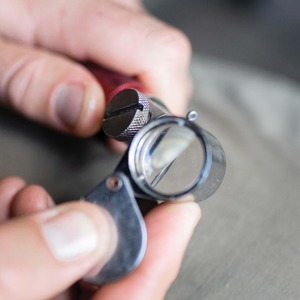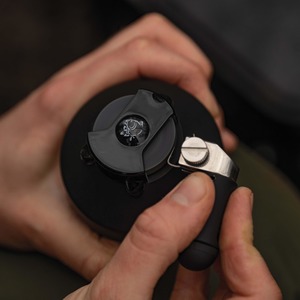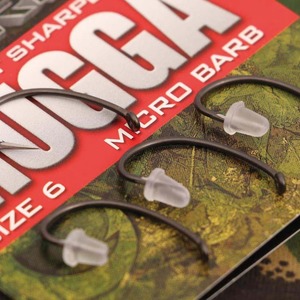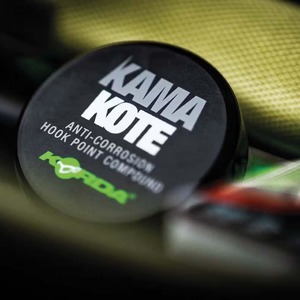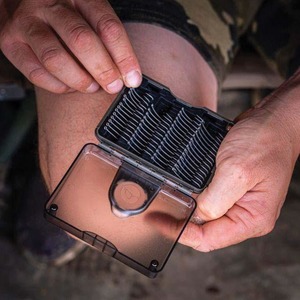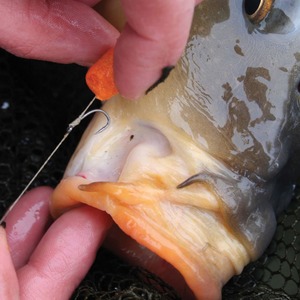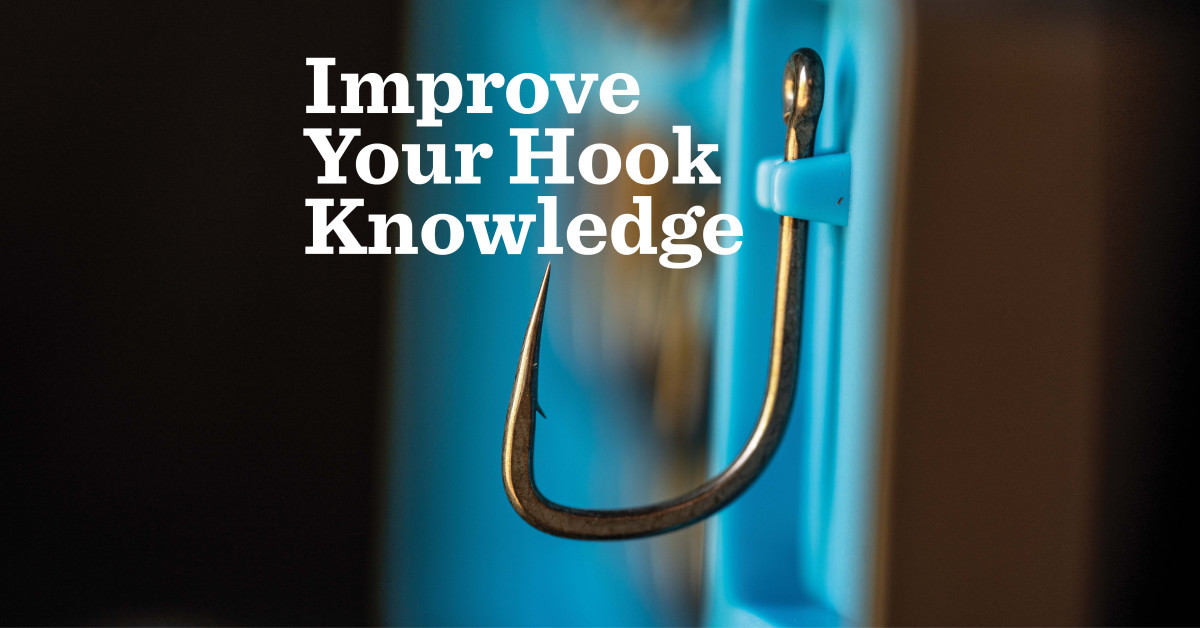
Which Hook For Which Situation
Do you carry too many different patterns of hook? Struggle to decide which hook to use for what situation? If so, then read on…
1. Key Features
Whilst all hooks share common features, there are many variables with each attribute. This, then, led to the huge choice of patterns we’re now faced with. Hooks have an eye, a shank, a bend, a point, a barb (barbless patterns aside), a gape and a throat, all of which can vary in size and dimension, relative to each other. When you then also consider the various angles incorporated, for instance, the shapes available and the selection of wire gauges used, you begin to appreciate the bewildering number of permutations and combinations. If you can come to terms with which qualities are offered by these various features, you’ll be able to pick the right pattern(s) for your own angling and not end up buying every single one on the shelf!
2. Up to the Job?
When choosing a hook, one of the primary factors to consider is its strength. The hook is our only point of contact with our quarry. As such, it should be strong enough for the situation and capable of landing any carp we hook. Should you be faced with heavy weed, for instance, you’ll require a beefy pattern that won’t let you down.
3. Strength
One of the main factors determining a hook’s strength is the gauge of wire used in its manufacture. The composition and quality of the material used will also have a bearing. Even a variation in the tempering process can result in one hook resisting distortion better than another in a similar pattern. Manufacturers will also offer a stepped-up version of some patterns. These will have an upgraded wire gauge in each size and are designed to cope with more extreme angling situations. If you’re targeting large carp in heavy weed, visiting big European canals or reservoirs, or simply fishing close to snags, these will cope better with hit-and-hold situations. Look for patterns described with a ‘Continental’ prefix or ‘X’ suffix.
4. Strength Across the Board
Don’t be frightened of using small hooks. Although it might seem counterintuitive, a big hook will not necessarily be any stronger than a small one in the same pattern. As a hook’s gape increases, so does the force incurred on it. It’s standard practice, then, for manufacturers to move up a gauge of wire for each increase in size. This keeps a balance of strength throughout the range.
5. Presentation
Another consideration when choosing a hook is how well it presents the bait. If the hook makes the presentation so crude that it might prevent carp from ingesting our bait, it may as well be a paper clip! A prime example of such a situation is floater fishing. A big lump of metal silhouetted on the surface isn’t going to present a little chopped-down pop-up or a mixer very naturally and is unlikely to fool even the hungriest carp. The inherent buoyancy of pop-ups, though, offer anglers more leeway. You’ll be able to get away with using a big hook with a small hookbait when fishing Ronnie or Spinner Rigs, for instance. Generally speaking, though, you should tailor your hook size to that of your hookbait and keep everything balanced.
6. Efficiency
You should also consider how well a pattern works with the rig you’ve chosen to use. As well as being capable of landing the carp we connect with, we require our hook to take hold in the first place, and it may not do so if we pick one that’s unsuited to our presentation. The wider its gape, the more likely a hook will prick the fish. This obviously makes large sizes efficient hookers.
7. Keeping an Eye Out
Hinged Stiff and Chod Rigs utilise rigid, high-memory nylon hooklinks. When tied with the wrong hook, the line can exit the eye at the wrong angle. This effectively closes the gape to such a degree that it prevents the hook point making contact and taking hold. To avoid this happening, use a hook with a slightly out-turned eye. This will see the line exit straighter, maximising the hooking potential. The same goes for Multi Rigs, when a doubled-over length of coated braid is preferable. With other nylon or fluorocarbon materials that have a little less inherent stiffness, you are likely to experience the same issue, but to a lesser degree. As long as its shank isn’t too short, a straight-eyed pattern will allow the hooklink to exit at the desirable, slightly aggressive angle.
8. Eyes Down
That isn’t to say, though, that downturned eyes don’t have their place. In fact, some of the most efficient hooking rigs are tied with patterns with this feature. Coupled with a flexible uncoated braid, or peeled-back section of coated braid, they will turn and flip without any additional modification. This makes them eminently suited to rigs that rely on this motion to help the hook take hold. This is primarily the domain of bottom-bait rigs, although Ronnie Rigs work using this principle. Both these and the German/Turbo German bottom-bait variations incorporate a clip for attachment, but the downturned eye still comes into play and spins that point round to make contact.
9. In a Spin
Another factor that affects the turning motion of a hook is the length of its shank. A hook will be more inclined to turn if it has a longer shank. The trade-off, though, is that it will be heavier. Its shape will also promote greater leverage, resulting in more pressure being transferred to the bend.
10. Curves
The shape of a hook’s shank will also have a bearing, with curved shanks promoting the action far better than straight ones. You’ll have difficulty finding a hook that turns better than a curved, long-shank pattern with a downturned eye, but due to the mouth damage they can cause in the wrong hands, their use isn’t permitted on certain venues.
11. Round Again
One more factor will encourage your hook to turn, and that is the exit or attachment point of the hair or rig ring. The further down this point is, the more effectively and quickly the hook will turn. ‘Claw’ rigs demonstrate this very well, with the hair exiting at the bottom of the bend. Anywhere roughly opposite the barb, however, should see your set-up work well.
12. Eyes Open
When using a Knotless Knot to tie your hook, or any other knot where the line is attached to the shank, make sure your turns are in the right direction so the line doesn’t come into direct contact with the eye’s closure. Even the best quality hook will have a tiny gap between the metal, and this could see the fibres of your braid catch, which will then affect its breaking strain. Most, if not all hooks, have their closure on the left side when looking at them with the eye uppermost and the point towards you. Your turns, therefore, should go anticlockwise.
13. What Big Eyes You Have!
Some hooks have smaller eyes than others, so choose your pattern wisely if you plan to use a high-diameter hooklink. Cut your hooklink diagonally so that it forms a point. This will make it easier to pass it through the eye. You may, though, have to compromise on line strength or hook pattern. Instead of using a Knotless Knot, you could opt for the Whipping or Domhoff Knot. Learning how to tie these will prove beneficial as the line passes through the eye just once.
14. What’s the Point?
The point of a hook is possibly its most important feature, certainly as far as taking initial hold is concerned. The two designs we’re interested in are the straight point and beaked point (inwardly curved point). Each has its merits and, indeed, downsides, and there are variables with both varieties. The angle of a straight point can vary from parallel to the shank to inwardly pointing a few degrees, and the curve of a beaked point can from range from a very gentle sweep to an aggressive claw.
15. Straight to the Point
The strengths of a straight point lie in its ability to prick and take the initial hold. A straight point will always have a marginally wider gape than a beaked point, in what is otherwise a similar pattern. This makes it slightly more likely to find an initial purchase. It is, however, a little more susceptible to damage from gravel, stones, etc., as it is more likely to come into contact with such hard surfaces than skip over them. If you find your points turning over whilst fishing on a hard bottom, a change to a pattern with a beaked point can alleviate the issue.
16. Captain Beaky
As well as being less prone to damage, beaked points tend to provide better grip. Once in, the inward curve will provide a more secure hold—think of it like the talons of a bird of prey. Some of the beaked chod-style hooks feature a gently curved point, and these are designed to offer the best of both worlds.
17. Sharp Darts!
Modern hook points are sharpened using a chemical process. This results in a high level of consistency and effectiveness, and many anglers, including some of the sport’s big names, choose to use them as they come. Others—also including some of the big names—prefer to take things a stage further. They will hand-sharpen their hooks in an effort to produce a very fine, incredibly sharp tip that takes hold more readily. Many more use a sharpener, merely for touching up old hooks to give them a longer life—and perhaps reduce their time spent tying rigs. Whilst a hand-sharpened point will be more vulnerable to damage and turning over, there is no denying their improved ability to grab flesh.
18. Sharpen up Your Act
A number of different sharpening devices are available at various price points. They range from abrasive rubber, to stones, diamond files and even electric versions. Although the files can be expensive, they are the least fiddly, easiest to use and are very effective, as their lack of flex means that all your force is transferred to the hook. Don’t pick one that is too narrow as you will keep sliding off the side. It is, though, easy to take things too far, and achieving perfection takes practice, so if you fancy bringing some extra bite to your hooks, start off with some old spent ones as you look to hone your technique.
19. Off the Shelf
Don’t worry if you are a little clumsy or don’t want the bother and faff of sharpening your hooks. A number of manufacturers market hand-sharpened variations of their most popular patterns. There is a premium to pay, but you’ll have sticky sharp hooks that are as good, if not better, than any you might produce yourself.
20. Protection
Now you’ve got the keenest hooks in the business, how do you go about keeping them that way? You can store your hooks with their points covered by purpose-designed protective beads. These will prevent them coming into contact with other hooks and small items of tackle.
Hand-sharpening process removes the manufacturer’s coating and leaves the metal vulnerable to corrosion in water. Some metal compounds will be more resistant to this corrosion than others, so expect variations between brands. The way a hook reacts underwater is very much venue-dependent. With some patterns, the hook points will come in just as they went out. With others, however, the points might become discoloured, rough and not as sharp.
Thankfully, there are measures you can take to preserve your hard work. Specialised liquids are available, and you can use these to coat and protect bare metal hook points. Purpose-designed pens do a similar job. Vaseline is an option that has found favour with some, as is coconut oil. This goes on as a liquid but turns solid once immersed in cool lake water.
21. Look After Them
Keeping your hooks in good order isn’t overly arduous and requires just a modicum of common sense. Store them in their packets or secured in the clips of the boxes they came in to stop them rattling around. Don’t leave them out in the rain, and if your tackle box gets wet, dry it thoroughly before you close it. Otherwise, condensation will build up in your hook packets and this will cause them to rust. If you leave your rigs to dry for a few minutes prior to wrapping them in your rod bands, next time out, rather than them being orange and blunt, they’ll be in perfect order and good to go.
22. Pull the Other One!
In the case of hook-pulls, it’s intuitive, perhaps, to go for a bigger hook. Whilst this may well be the answer, it is often, especially where young, soft-mouthed fish are concerned, the wrong approach. Keep an open mind as sometimes going for a smaller hook that imparts less pressure at the point of contact will solve the problem.
Conclusion
You can’t have the best of everything in one hook pattern. The most appropriate hook will always be that which offers a balance of those elements that suit the angling scenario. By knowing which features of a hook perform which function, you’ll be able to choose just a few patterns to suit your own angling, the rigs you use and the carp you fish for.



